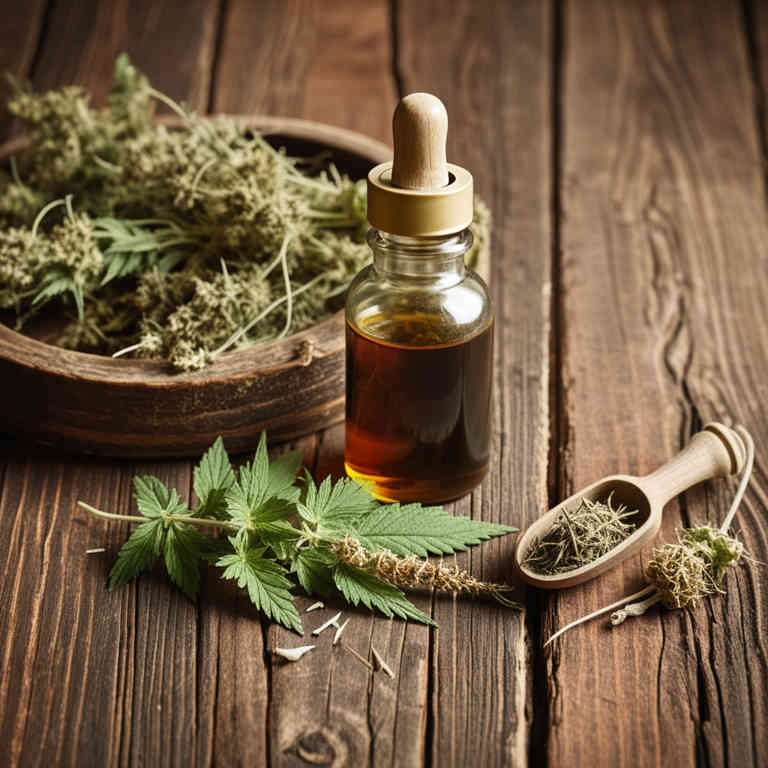Urtica dioica tincture for medicinal use

Urtica dioica tincture is a liquid preparation made by soaking the leaves and stems of the stinging nettle plant in alcohol or another solvent.
It is commonly used in herbalism to support urinary tract health and as a diuretic. This tincture is also valued for its potential to reduce inflammation and alleviate symptoms of arthritis. It may be used to help manage conditions like gout and kidney stones due to its high mineral content.
In traditional medicine, it has been employed to detoxify the body and enhance overall vitality.
Uses
Urtica dioica tincture has been used to treat a variety of ailments throughout history, with roots in traditional medicine systems such as Ayurveda and Chinese medicine.
Historically, it was valued for its anti-inflammatory and detoxifying properties, often used to alleviate skin irritations, respiratory issues, and digestive discomfort. In modern times, it is recognized for its potential to support immune function, reduce inflammation, and aid in the management of conditions like arthritis and allergies. Today, it is commonly used as a natural remedy in herbal medicine for its rich content of vitamins, minerals, and antioxidants.
Its versatility and long-standing use continue to make it a popular choice in both traditional and contemporary health practices.
Benefits
Urtica dioica tincture has health benefits such as reducing inflammation, supporting immune function, and aiding in digestive health.
It is commonly used to alleviate symptoms of arthritis and skin conditions due to its anti-inflammatory properties. The tincture may also help detoxify the body and support liver function. It is rich in vitamins, minerals, and antioxidants that contribute to overall wellness.
However, it should be used with caution and under the guidance of a healthcare professional.
Constituents
Urtica dioica tincture active constituents include compounds such as histamine, acetylcholine, formic acid, and various flavonoids.
These components contribute to its anti-inflammatory, analgesic, and antispasmodic properties. The tincture is traditionally used to alleviate symptoms of arthritis, muscle pain, and skin conditions. It may also support digestive health by reducing inflammation in the gastrointestinal tract.
However, due to its potential to cause skin irritation, it should be used with caution and under professional guidance.
Preparation
To make Urtica dioica tincture, first gather fresh or dried stinging nettle leaves and wash them thoroughly.
Next, place the leaves in a clean glass jar and cover them completely with high-proof alcohol, such as 80-100 proof vodka or grain alcohol. Seal the jar tightly and let it sit in a dark, cool place for 4 to 6 weeks, shaking it gently every few days. After the steeping period, strain the liquid through a fine mesh strainer or cheesecloth to remove the plant material.
Finally, store the tincture in a dark glass bottle away from light and heat to preserve its potency.
Side Effects
Urtica dioica tincture may lead to gastrointestinal discomfort, allergic reactions, and skin irritation in some individuals.
It is made from stinging nettle, which contains compounds like histamine and acetylcholine that can cause irritation. The tincture is often used for its purported benefits in reducing inflammation and supporting urinary health. However, it may interact with certain medications, such as blood thinners, increasing the risk of bleeding.
Long-term use or high doses could potentially lead to more severe side effects, including kidney damage.